In our busy journey through the mundane world, we may have never seriously thought about one question: How do you walk?
Not your destination, not your walking speed, but — in every step, is the contact between the sole of your foot and the ground balanced? Is it coordinated? Is there some subtle yet gradually accumulating physical deviation hidden within?
This is precisely the question that the gait analysis system seeks to answer. It is not an ordinary machine, but more like a silent observer, interpreting the most fundamental and easily overlooked behavior of the body — walking — through the silent language of data.
1. Walking is a philosophy of the body
Humans are upright creatures, and gait is the dynamic expression of the beauty of being upright. The way each person walks contains their unique physiological structure, movement habits, muscle memory, and even emotional state.
Do you walk pigeon-toed? Do your heels touch the ground first? Is your center of gravity shifted to one side? Do your toes exert force to push off? These details are all elements that constitute “gait.” And the health of gait is not only related to the feet themselves but also affects the knees, hips, spine, and even the posture and health of the neck and shoulders.
The significance of the gait analysis system is to use science and precise instruments to make these overlooked details visible, measurable, and understandable.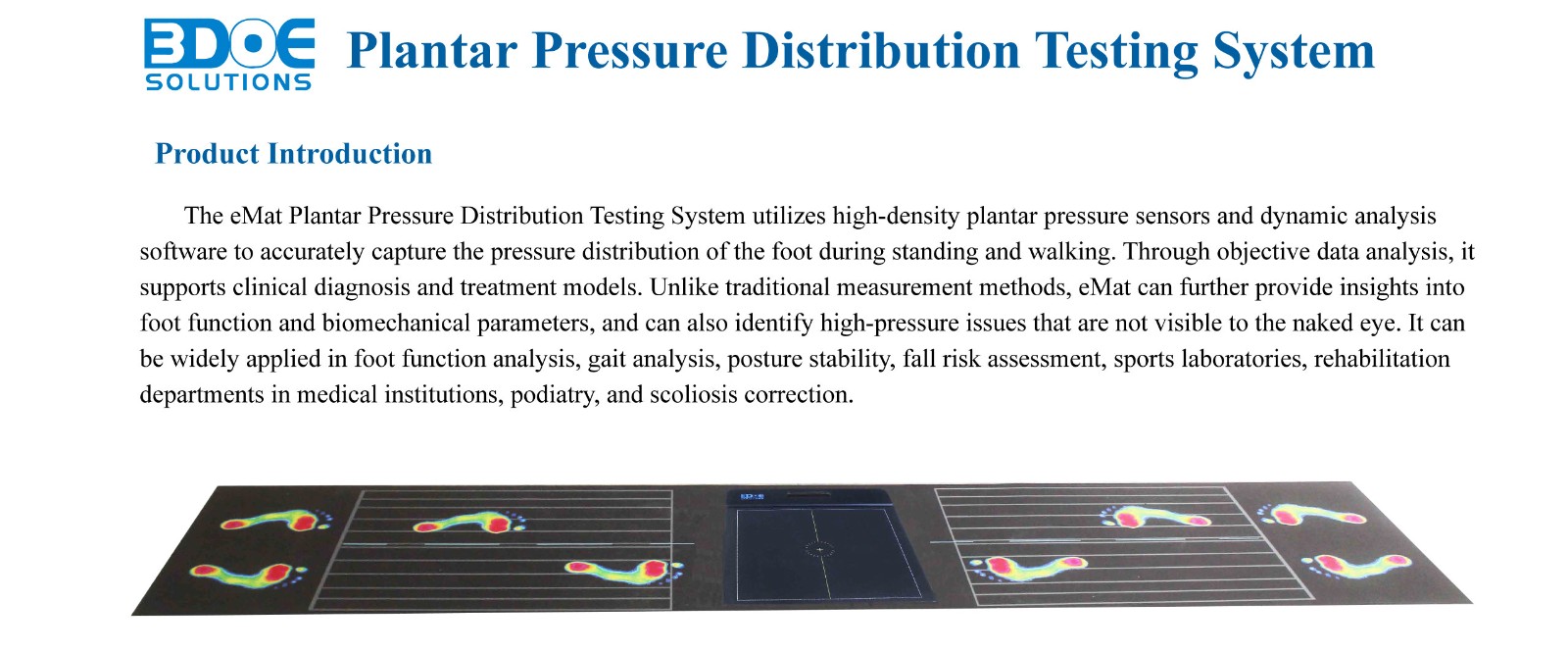
2. Starting from the sole — a single board, reading the entire body
The core component of the foot pressure distribution gait analysis system is a pressure-sensing plate that looks ordinary but hides mysteries within. A person stands on it or walks slowly across it, and every point and moment of pressure change between the sole and the sensing plate is recorded in real time.
These sensors are like stethoscopes spread across the ground, sensing how the body's weight is distributed — which part touches the ground first, and which part bears more pressure. Heel, forefoot, toes, inner edge, outer edge — every region speaks its own language.
The pressure sensors convert the pressure into electrical signals, which are processed in real time by software to generate a colorful foot pressure map. This map is not just a picture; it is a visual representation of the body’s operational state — it shows not only the “foot sole,” but also the coordination and stability of the body in motion.
3. From foot to brain: how the system “interprets” gait
The entire gait analysis system includes not only hardware, but also data processing software and analysis models. By recording the time axis of pressure changes, it captures the characteristics of each phase:
Standing stability: Is your center of gravity shifted? Are you wobbling while standing?
Step frequency and stride length: Is the rhythm of each step steady? Too fast or asymmetric?
Landing sequence and duration: Do your heels touch down first, or does the whole foot land together? Does your foot stay too short or too long?
Foot coordination: Do both feet maintain rhythm during alternation, or is there a discrepancy?
Through data modeling, the system analyzes an individual's dynamic patterns and identifies abnormal areas — such as excessive inward rotation on one side, concentrated pressure on the forefoot, or distorted walking posture. These subtle abnormalities are often the early signs of pelvic tilt, hip joint degeneration, knee misalignment, or even spinal curvature.
4. Technology is not only measurement — it is respect
The existence of the gait analysis system is science's respect for the diversity of the human body. In an era that pursues standards and uniformity, it reminds us: no two people's feet are the same, and no two people have exactly the same gait.
Precisely because of this difference, we need to be understood, matched, and customized. Some people bear more weight on their left foot; some have collapsed arches causing inward gait shifts; some have long-term incorrect running postures that lead to patellar damage — these are not things you can discover in a mirror, but require this kind of “microscope of bodily behavior” to reveal.
The most moving part of technology is not how powerful it is, but how it quietly understands the parts of ourselves we never noticed.
5. Beyond gait — a renewed perspective on the rhythm of life
We all walk, but rarely pay attention to how we walk. When we are told, “You are bearing too much weight on this side, possibly due to slight pelvic rotation,” we are surprised — the wisdom of the body had already sent signals through our actions, we just never listened carefully.
The gait analysis system is that listener. It says nothing, but records every “whisper” of your body. It helps us understand that walking is not so simple — it is not just physical movement, but a composite behavior of weight shifting, force balancing, and structural coordination.
With this system, we can provide early abnormality intervention for children, identify fall risks in the elderly, adjust training methods for athletes, and offer lifestyle optimization advice for those in sub-health conditions.

 +86-0755-86131192
+86-0755-86131192 2025-07-10
2025-07-10 Back to list
Back to list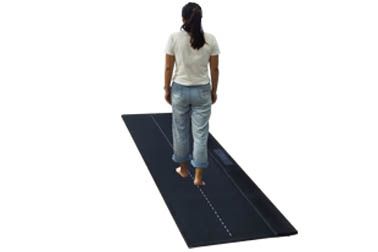
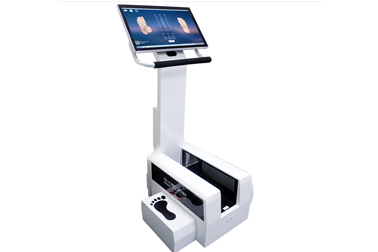
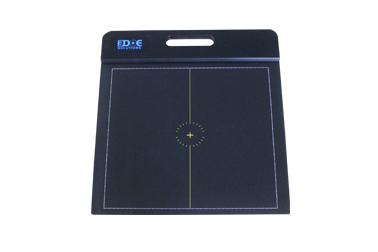
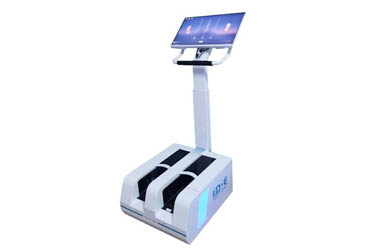
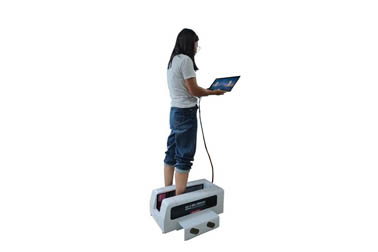



 +86-0755-86131192
+86-0755-86131192